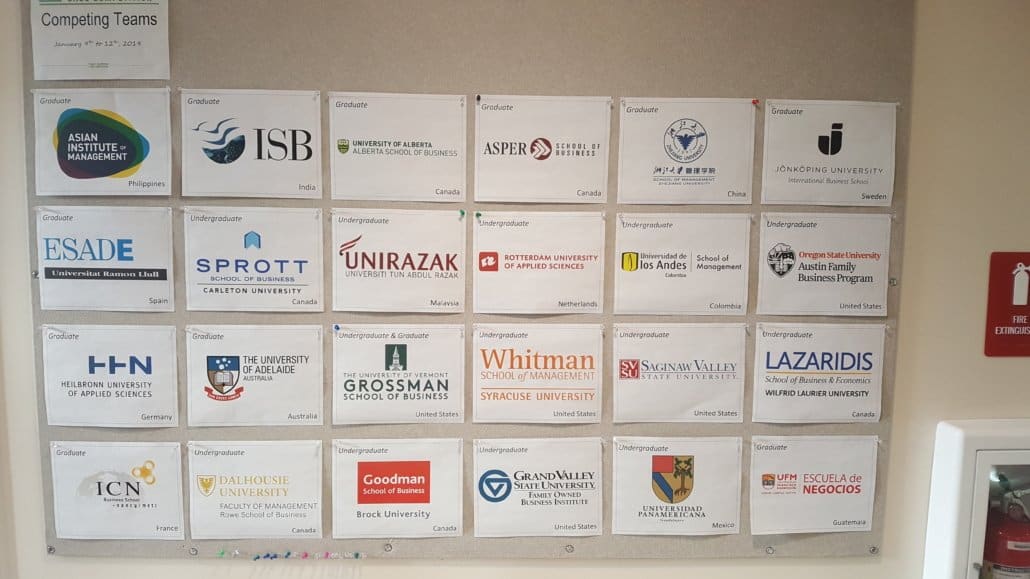This week we’ll look at a couple of subjects that have been written about a lot over the past few years.
I’ve written about the family office space recently, and promised to write about more often. Impact investing, on the other hand, I’ve not written about, yet.
It’s interesting that more people are beginning to realize that family offices and impact investing actually go together like peanut butter and jelly, or ham and cheese.
I’m not claiming to have unearthed anything new here, but want to comment on some aspects of this combination that give it so much potential.
Millennials on the Mind
Let’s start with the premise that many family offices are essentially investment vehicles for wealth that is owned by a family.
Let’s add in the fact that these families want to keep their wealth in the family, and that much of that wealth is often liquid wealth, which can be invested in a wide variety of asset classes.
And finally, let’s not forget that when the wealth (eventually) gets transitioned to the rising generation of the family, there are likely going to be some millennials involved.
If you Google “millennials impact investing” you will get all sorts of hits.
Much of the mindset that impact investors bring to the table overlaps almost perfectly with everything that I’ve ever read about millennials.
Family Engagement
Anyone who works with wealthy families knows that a key obstacle to successful wealth transitions has always been the difficulty in getting and maintaining the engagement of the younger generation of the family.
It’s only natural for young people to want to find their own way in the world, to explore and develop their own passions, and follow their own dreams.
Their parents, who are currently stewarding the family’s wealth, and who may have been involved in creating and growing it, often become anxious when their offspring do not show any interest in these efforts.
Generational Priorities Converge
So for families who have liquid capital to invest in different asset classes, it isn’t much of a stretch to begin to look at investments in companies or funds that look to make a positive impact in an environmental and/or social fashion.
Impact investing is about making money first and foremost, just not at any cost. If younger family members can identify potential investments that satisfy both a social benefit along with an opportunity to make a financial profit, it should be a no-brainer to consider such opportunities.
I’m thinking about this from the point of view of a family that is trying to find ways to combine what is important to all generations of the family.
For a family office to look seriously at impact investing even takes into account future generations, including young children and those who aren’t yet born.
Like Philanthropy, But Different
Some people confuse impact investing with philanthropy, so let’s address the comparison here.
Philanthropy is another way that some wealthy families use to bring the family together and help prepare the rising generation. Working together on a family foundation is a nice way to learn financial literacy and how to work together with others.
Families who understand and teach their younger generations the importance of giving back to their community have realized that there are lots of win-wins here.
But impact investing is different, because it’s actually about finding ways to invest money for profit, not just out of a sense of charity.
It just isn’t about profit without regard to side effects and unwanted consequences.
Who Gets to Decide?
Of course it’s easy to say that family offices should take impact investing seriously and start doing it. It’s another to figure out how to do it, including asking the questions around “who gets to decide?”
We’ve looked at “what” to do (impact investing) and we’ve explored a bit of the “why”, (because of the engagement of all generations), but that still leaves a lot of the “how” questions.
A few weeks back, in Putting “Family” in the Family Office, I noted:
Ideally, the goals of the family would also
be taken into consideration too, not to
mention the family’s mission and vision
Impact investing needs to be driven by the family’s vision to really succeed.

















